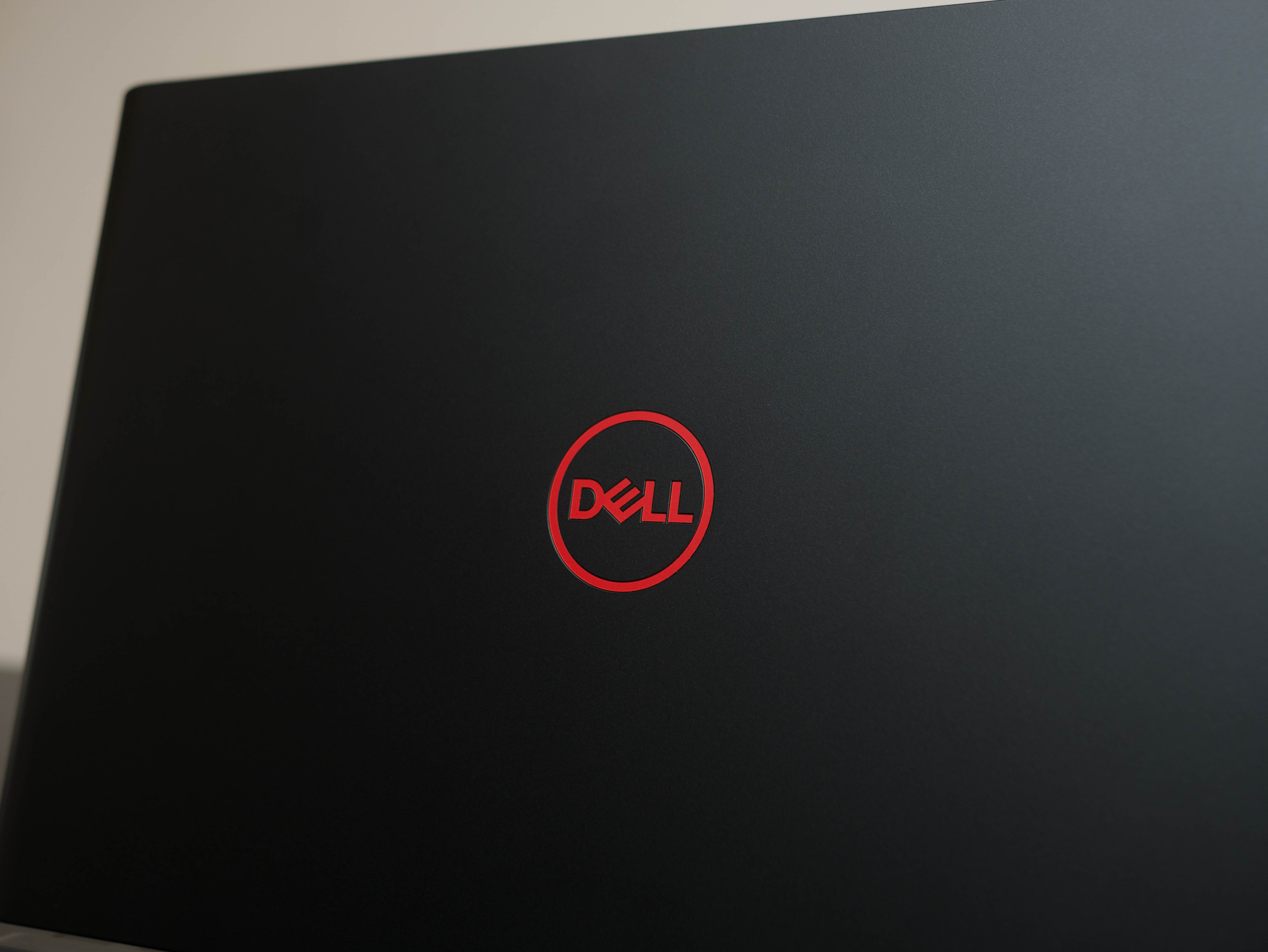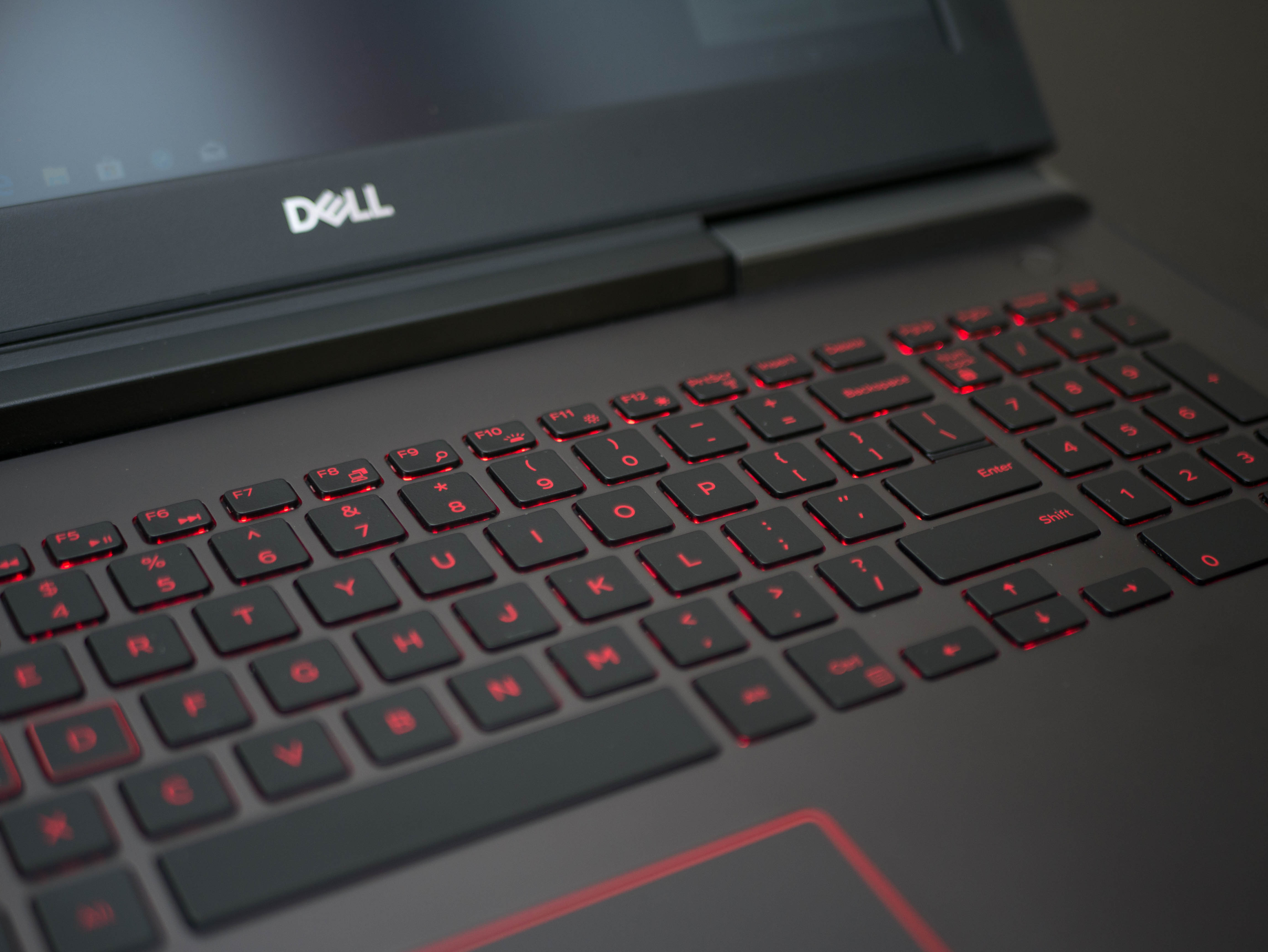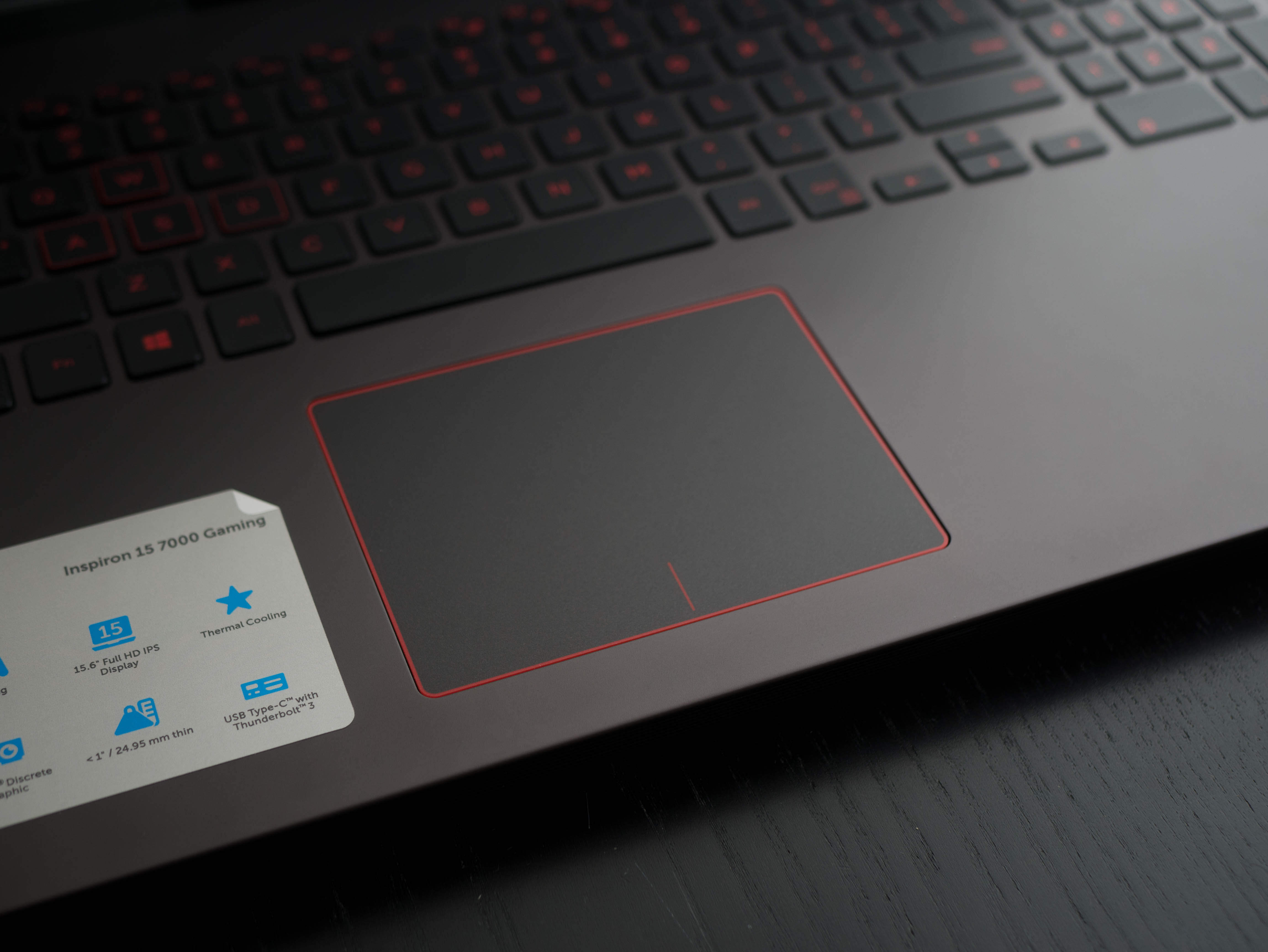Dell Inspiron 15 7000 GTX 1060 Max-Q Gaming Laptop Review
Why you can trust Tom's Hardware
Price Analysis & Conclusion










When Nvidia first announced its Max-Q Design GPUs, we envisioned two routes that laptop makers could take: either making laptops that were thinner and lighter with minimal performance reduction, or keeping them the same size but reducing the power draw. Up until now, we’ve seen vendors implement Max-Q GPUs into thinner designs, so it’s refreshing to see a different take with the Max-Q GTX 1060 version of the Dell Inspiron 15 Gaming 7000. However, its price and specifications classify it as an entry-level gaming laptop, and there are some caveats to this.
The Inspiron 15 doesn’t exactly top our charts. In fact, it falls behind in quite a few metrics, especially in our synthetic tests. It’s the only laptop in our roundup that contains an Intel Core i5-7300HQ. Because of this, CPU-bound benchmarks like 3DMark’s Physics tests and Cinebench’s single- and multi-core tests highlight the CPU as something of a bottleneck, whereas the laptops with Core i7 chips perform a fair amount better. However, the Inspiron performs well in GPU-based synthetic tests like CompuBench’s Bitcoin Mining test, besting the Asus ROG Zephyrus and Sager NP6852, thanks to its Max-Q GTX 1060. To top it off, the Inspiron is equipped with a Samsung PM961 solid state drive, whose raw storage speeds far exceed the solutions found in its competition.
A laptop equipped with a Max-Q GPU isn’t worth consideration if its performance far underscores its conventional counterpart. We’re happy to report that the Inspiron doesn’t underperform the straight-GTX-1060 Acer Helios by much in most of the games in our suite. In some cases, such asGrand Theft Auto V, the performance difference is minimal. However, the CPU-intensive titles, such as Bioshock Infinite and Hitman, illustrate a notable CPU bottleneck, due to the Inspiron's Core i5. Surprisingly, GPU-intensive titles such as Ashes of the Singularity don't see the major performance impact that one might expect with a Max-Q GPU. Reducing the settings even makes strenuous titles such as Rise of the Tomb Raider and Metro: Last Light Redux relatively easy to run.
Thermal performance is a primary concern for gamers, especially when power-hungry components are fit into small enclosures. With Max-Q, lesser power consumption results in less heat generation, but current trends call for thinner enclosures, which restricts the possible size of a laptop's cooling solution. For example, the MSI Stealth Pro, a system with a Max-Q GTX 1070, experienced a maximum temperature of 72° C because it had a thin profile. Dell chose to break away from this trend by implementing the Max-Q GTX 1060 into a thick chassis. Our GPU-Z thermal log reveals that the GTX 1060 experienced a maximum temperature of 60° C, 12° C cooler than the aforementioned MSI Stealth Pro. In fact, the Inspiron ran 2° C cooler than the highly rated Acer Helios, securing its place at the top of our thermal benchmark.
Heat generation is largely determined by the amount of power a laptop consumes, and Max-Q aims to reduce heat by consuming less power. Logically, this should result in longer battery life. However, as we stated previously, the thin-and-light trend limits space, and therefore the size of the battery that can be installed. The Inspiron’s extra bulk allowed Dell to use a 56Wh battery, which, when paired with a Core i5 and a Max-Q GTX 1060, resulted in close to 2 hours of battery life. Comparatively, the MSI Stealth Pro had a stronger CPU, a stronger GPU, and a smaller 51Wh battery. The Acer Helios experienced a similar result, which is why it runs a few minutes shorter than the Inspiron. Still, even the GTX 1060’s Max-Q variant draws more power than the GTX 1050 and GTX 1050 Ti, which is why the Asus ROG Zephyrus and Sager NP6852 ran a few minutes longer.
The Inspiron has a decent display for an entry-level gaming laptop. Its 15.6” FHD display features an IPS panel, whereas many vendors opt for TN panels at this price range. The IPS panel provided decent contrast levels, especially at maximum brightness. However, the display’s accuracy leaves much to be desired. Its RGB levels have recessed reds and greens, while its blues are are pronounced. It loses grayscale accuracy at over 50% brightness, and it exhibits poor saturation across the board. The biggest issue is its overall color accuracy. However, this is forgivable considering the Inspiron’s price, and other budget gaming laptops are in much the same straits.
Dell’s build quality is always top-notch, and the Inspiron is no exception. The chassis is primarily plastic, but it’s sturdy and doesn’t have the kind of polarizing aesthetic common among gaming laptops. On the other hand, it isn’t as sleek as or as elegant as the competition. At nearly an inch thick and weighing over 6 lbs, the Inspiron can be considered unwieldy, which is a major con considering its relatively low-end components. Gamers searching for a light and portable solution might pass on the Inspiron based on its size alone.
Get Tom's Hardware's best news and in-depth reviews, straight to your inbox.
At the time of writing this review, the Max-Q GTX 1060 version of the Dell Inspiron 15 7000 was $950 on Dell’s website. The most affordable laptop in our roundup is the Sager NP6852, which XoticPC offers for $840. In some cases, such as CPU-bound synthetic tests, the Inspiron loses out to the more affordable Sager. However, the Max-Q GTX 1060 pulls the Inspiron ahead of the Sager in games; in some cases, that $110 price difference nets you double the Sager’s performance. Alternatively, the Acer Helios we tested was on Amazon for $1,050. The extra $100 doesn’t deliver nearly as big of a performance increase over the Inspiron in most games, but GPU-intensive titles will bring the Max-Q GTX 1060 to its knees, warranting the need for a standard GTX 1060.
All things considered, the Dell Inspiron 15 7000 offers a fine balance for frugal shoppers who value gaming performance above all else. It isn’t the most affordable entry-level option, but we think it’s worth it if you have a strict $1,000 budget.
MORE: Best Gaming Laptops
MORE: Gaming Laptop Previews
MORE: All Laptop Content
-
AgentLozen I like Dell's approach to Max-Q with this design. Using Max-Q to reduce temperatures and power consumption would be ideal with a GTX 1070 or 1080. We keep seeing laptops that are super tiny and thin with no room for expansion. I want to see a normal sized laptop with a GTX 1070 and TERRIFIC thermal performance that can hold an M.2 SSD and a 2.5" mechanical hard drive.Reply -
fullauto2009 Ive seen this refurbished for 615.Reply
Ive also bought this new from costco for 700
So once you factor that in its a really solid deal